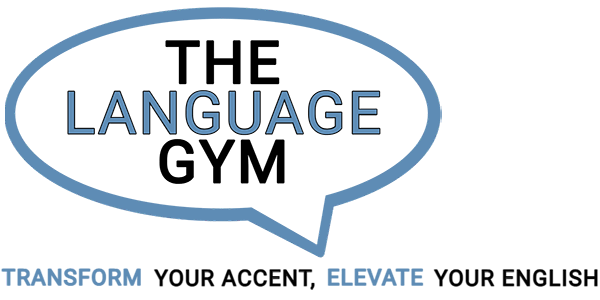In our increasingly globalized world, effective communication is more vital than ever. For many individuals, especially those who speak English as a second language or have a regional accent, accent modification training can be a powerful tool to enhance clarity and confidence in both personal and professional settings. This blog post will explore the benefits of accent modification training, the process involved, and how it can make a significant difference in your life.
Understanding Accent Modification
Accent modification, often referred to as accent reduction or accent neutralization, is a specialized training program designed to help individuals modify their speech patterns. The goal is not to eliminate an accent entirely but to help speakers communicate more clearly and be better understood by a broader audience. This training can be beneficial for non-native English speakers, professionals working in international environments, actors, and anyone looking to improve their verbal communication skills.
Why Consider Accent Modification Training?
-
Enhanced Clarity and Understanding: Clear speech is crucial for effective communication. Accent modification training helps individuals articulate words more distinctly, reducing misunderstandings and the need for repetition.
-
Boosted Confidence: Speaking with an accent can sometimes lead to self-consciousness or anxiety in social and professional interactions. Training can help alleviate these concerns, leading to increased confidence when speaking.
-
Professional Advancement: In many professions, clear communication is a key component of success. Whether you’re giving presentations, participating in meetings, or engaging with clients, being easily understood can enhance your professional image and opportunities for career growth.
-
Improved Social Interactions: Being able to communicate effectively with a diverse range of people can enhance social interactions, foster better relationships, and help integrate into new cultural environments more smoothly.
The Accent Modification Process
Accent modification training typically involves several steps, guided by a qualified speech-language pathologist or a specialized accent coach:
-
Assessment: The process begins with a comprehensive assessment of your current speech patterns. This may include analyzing your pronunciation, intonation, rhythm, and stress patterns.
-
Goal Setting: Based on the assessment, specific goals are set tailored to your needs. This might include focusing on certain sounds, improving intonation, or mastering the rhythm of American English.
-
Customized Training Program: A personalized training plan is developed, often involving exercises to practice specific sounds, intonation patterns, and speech rhythms. These exercises are designed to be incorporated into your daily routine.
-
Regular Practice and Feedback: Consistent practice is key to success. Regular sessions with your trainer, along with daily exercises, help reinforce new speech patterns. Continuous feedback and adjustments ensure steady progress.
-
Integration into Daily Life: The ultimate goal is to integrate these new speech patterns into everyday communication naturally. This step involves real-world practice and ongoing reinforcement.
Success Stories
Many individuals have experienced profound benefits from accent modification training. Here are a few examples:
-
Maria, a software engineer from Brazil, found that accent modification training significantly improved her communication with colleagues and clients in the United States. She reported feeling more confident during presentations and noticed that her ideas were better received when her speech was clearer.
-
Raj, a university professor from India, struggled with being understood by his students. After completing an accent modification program, he found that his lectures were more engaging and that students were more responsive, leading to a more dynamic classroom environment.
-
Elena, an actress from Spain, used accent modification to expand her range of roles in English-language films. The training helped her master different accents, making her more versatile and increasing her opportunities in the industry.
Conclusion
Accent modification training is a valuable resource for anyone looking to enhance their communication skills. Whether for professional advancement, social interactions, or personal growth, the benefits of clearer, more confident speech are undeniable. By investing in this training, you are taking a proactive step towards more effective and impactful communication.
If you’re interested in exploring accent modification training, consider reaching out to a qualified speech-language pathologist or accent coach to start your journey toward clearer communication today.

